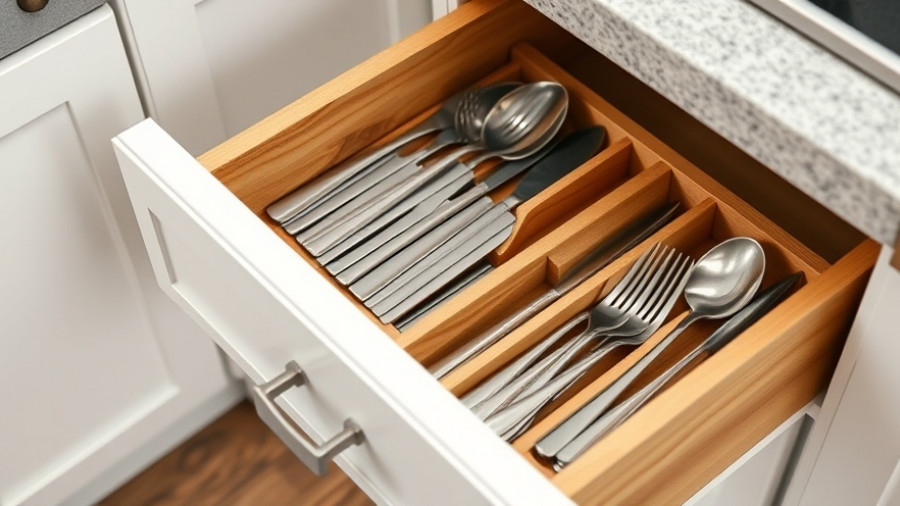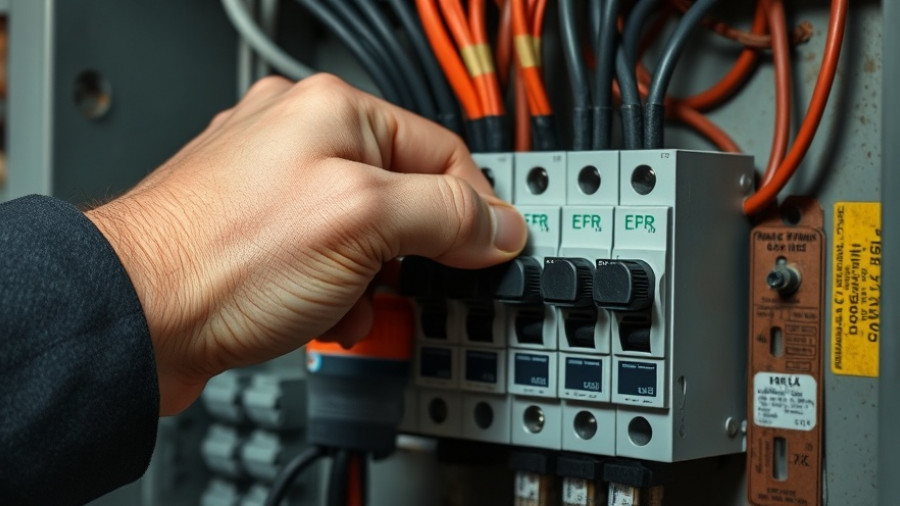
Reviving Your Garden Furniture: A Step-by-Step Guide
Transforming rusty outdoor furniture into an appealing piece requires thoughtful preparation and execution. If you're a homeowner looking to breathe new life into your weathered metal items, the steps shared in a recent episode of Ask This Old House offer invaluable insights. The process not only rejuvenates your furniture but also underscores the significance of proper maintenance. Let’s delve into the core components of making those rusty chairs and tables sparkle once again!
In How to Restore Rusty Furniture, the discussion dives into practical steps for rejuvenating outdoor metal items, exploring key insights that sparked deeper analysis on our end.
Essential Preparations for Metal Restoration
Before diving into any restoration project, preparation is vital. As Mauro from the show demonstrated, protecting parts of the furniture that aren't to be painted is crucial. Using painter’s tape to cover slats and other areas saves time and ensures a more professional finish. Remember, a great outcome begins with meticulous preparations that include removing loose debris and dirt.
One effective method for cleaning is light sanding with a flexible scrub pad, which facilitates access to curves and intricate designs mentioned by Maureen in the episode. Post-sanding, vacuum the surface to ensure no residue is left. Following this, applying denatured alcohol acts as a fast-drying cleaner, making it an ideal choice for prepping your metal surfaces before priming.
The Importance of Priming Rusty Areas
A key takeaway from Mauro's demonstration was how to judiciously assess areas that need special attention. He advised against over-priming by focusing solely on the rusted spots—a strategic approach that conserves materials and time. Two different primers were used: one specifically for rusty regions and another suitable for the remainder of the furniture.
This method demonstrates nuanced care, ensuring that the structural integrity of your furniture is maintained while preparing it adequately for a fresh coat of paint. Such attention to detail guarantees that not only does the furniture look good immediately after restoration, but it also holds up over time.
Choosing the Right Paint for Durable Results
In the episode, Mauro introduced the concept of "DTM" (direct to metal) paint, which is essential for ensuring a lasting finish. While it may appear green initially, it dries to a sleek black, matching the intended aesthetic the homeowners sought. This detail highlights why selecting the right products can significantly impact your project's outcome.
Using brushes for hard-to-reach areas while rollers work best for flatter surfaces ensures that every inch receives treatment without sacrificing quality. Such techniques not only enhance the appearance but also extend the life of your furniture.
Long-Term Care: Protecting Your Investment
After achieving a stunning transformation, it’s important to think about longevity. Mauro recommended waterproofing covers and seasonal storage to protect your refreshed pieces from harsh weather conditions. This insight underscores that a quick fix is good, but a proactive approach to care yields the best results over time.
Final Thoughts on Furniture Restoration
The episode of How to Restore Rusty Furniture offers a snapshot of what dedicated restoration can achieve. It isn’t just about aesthetics, but a commitment to the careful treatment of items that have provided years of enjoyment. With a few simple steps, homeowners can tackle their rusty furniture whilst adding value to their outdoor living spaces.
If your outdoor furniture looks weary, the ideas shared here can be a significant first step towards restoration. By investing time in the necessary preparation and selecting the appropriate materials, you’ll ensure these pieces can be enjoyed for many years to come, enhancing your garden's appeal and functionality.
 Add Row
Add Row  Add
Add 




Write A Comment